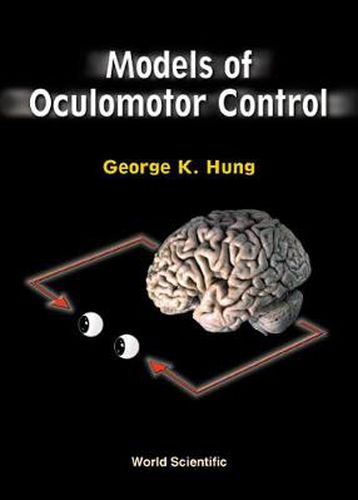Readings Newsletter
Become a Readings Member to make your shopping experience even easier.
Sign in or sign up for free!
You’re not far away from qualifying for FREE standard shipping within Australia
You’ve qualified for FREE standard shipping within Australia
The cart is loading…






This monograph is a structured review of models of oculomotor control systems that is geared toward biomedical engineers, vision scientists and optometry students. It aims to provide the biomedical engineer with a thorough understanding of how various engineering control principles are applied to oculomotor systems, and the non-engineer with knowledge of how various physiological and clinical concepts can be represented quantitatively and efficiently by control system models. Basic control system concepts and oculomotor physiology are first introduced, along with a glossary, to provide background for the more advanced topics. Then these concepts are applied to static linear and nonlinear analysis of various oculomotor systems. In addition, advanced topics are presented on the application of dynamic linear and nonlinear modelling techniques to the oculomotor system, with a particular emphasis on myopia development. This book can thus serve as a reference for quantitative analysis of oculomotor control, and as a foundation for future research on the oculomotor system.
$9.00 standard shipping within Australia
FREE standard shipping within Australia for orders over $100.00
Express & International shipping calculated at checkout
This monograph is a structured review of models of oculomotor control systems that is geared toward biomedical engineers, vision scientists and optometry students. It aims to provide the biomedical engineer with a thorough understanding of how various engineering control principles are applied to oculomotor systems, and the non-engineer with knowledge of how various physiological and clinical concepts can be represented quantitatively and efficiently by control system models. Basic control system concepts and oculomotor physiology are first introduced, along with a glossary, to provide background for the more advanced topics. Then these concepts are applied to static linear and nonlinear analysis of various oculomotor systems. In addition, advanced topics are presented on the application of dynamic linear and nonlinear modelling techniques to the oculomotor system, with a particular emphasis on myopia development. This book can thus serve as a reference for quantitative analysis of oculomotor control, and as a foundation for future research on the oculomotor system.